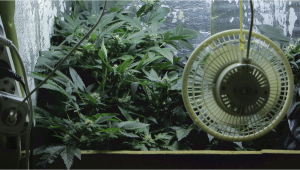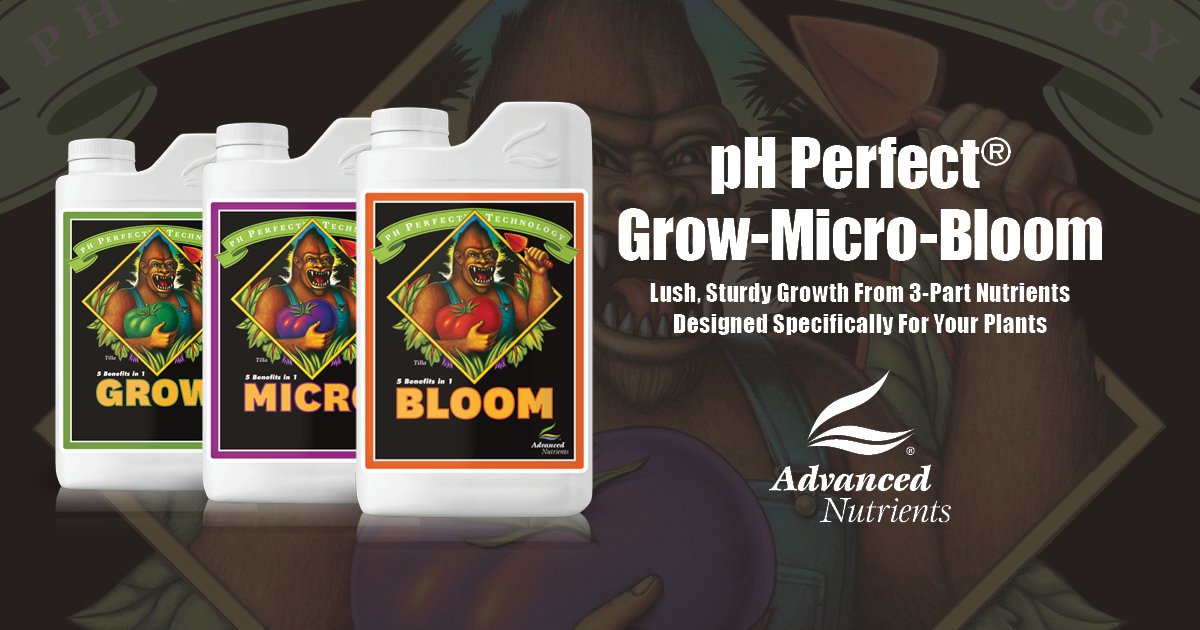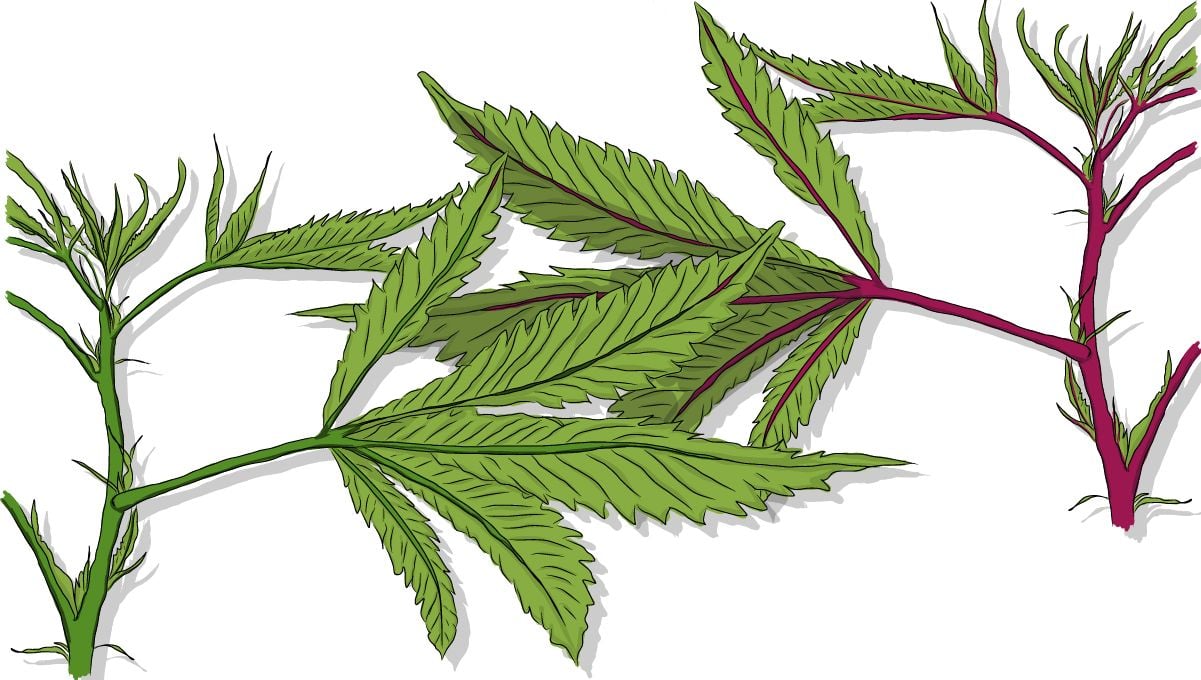8. STRENGTHENING YOUR PLANTS' IMMUNE SYSTEM
A strong immune system can help your cannabis plants better resist pests and diseases, and reduce the likelihood of red or purple stems caused by these factors. Here are some tips to strengthen your plants' immune system:
BOOST BENEFICIAL MICROORGANISMS
The presence of beneficial microorganisms in your growing medium can help improve nutrient uptake, promote root health, and protect your plants against pathogens. You can introduce beneficial microorganisms by adding products like mycorrhizal fungi or compost tea to your nutrient solution or growing medium.
USE SILICON SUPPLEMENTS
Silicon is a beneficial element that can improve your plants' resistance to pests, diseases, and environmental stress. Silicon strengthens cell walls, making it more difficult for pests and pathogens to penetrate plant tissues. Additionally, it can help improve nutrient uptake and overall plant health. To provide your plants with silicon, you can use silicon-based supplements or products like diatomaceous earth.
PROVIDE OPTIMAL LIGHTING
Proper lighting is essential for photosynthesis, growth, and overall plant health. Ensure that your plants receive adequate light intensity and an appropriate light spectrum for their growth stage. Use high-quality grow lights and adjust their distance from your plants to prevent light stress or burning.
ENHANCE AIR CIRCULATION
Good air circulation can help prevent the accumulation of excess humidity, which can lead to the growth of harmful microorganisms. Use fans to create gentle air movement around your plants, and ensure that all plant surfaces receive airflow. This can also help strengthen your plants' stems and improve their resistance to pests and diseases.

Related story
Comprehensive Guide to Grow Tent and Grow Room Ventilation: Cost-effective and DIY Solutions
9. RECOGNIZING AND ADDRESSING GENETIC FACTORS
In some cases, red or purple stems can be attributed to genetic factors. Certain cannabis strains or phenotypes may naturally exhibit red or purple stems due to the presence of anthocyanins or other pigments. If you suspect that the red or purple stems on your cannabis plants are due to genetics, it's essential to:
RESEARCH YOUR STRAIN
Gather information about the specific strain you are growing, including its known traits, growth patterns, and potential for displaying red or purple stems.
Red stems vs green stems on cannabis plants.
This can help you determine whether the stem coloration is a natural characteristic of the strain or if it's caused by an underlying issue.
OBSERVE PLANT GROWTH AND HEALTH
Monitor your plants closely throughout their growth cycle, paying particular attention to their overall health and development. If your plants exhibit normal growth patterns and show no signs of distress, it's likely that the red or purple stems are a genetic trait.
CONSULT EXPERIENCED GROWERS
Seek advice from experienced growers who have cultivated the same strain or similar strains. They can provide valuable insights about the natural characteristics of the strain and help you determine whether the red or purple stems are a cause for concern.
In summary, it's essential to monitor your cannabis plants closely and take note of any changes in stem coloration. Red or purple stems can be a natural and harmless trait, but they can also indicate potential problems such as environmental stress, nutrient deficiencies, or pest and disease infestations. By maintaining optimal grow conditions, providing a balanced nutrient solution, implementing IPM strategies, and strengthening your plants' immune system, you can ensure the health and success of your cannabis plants. Remember to research your strain, observe plant growth and health, and consult experienced growers if you suspect that the red or purple stems on your plants are due to genetic factors. With proper care and attention, you can effectively manage red or purple stems and enjoy a successful cannabis cultivation journey.
10. CONCLUSION
Red and purple stems in cannabis plants can be attributed to various factors, including genetics, plant maturity, environmental conditions, nutrient deficiencies, and pests or diseases. In many cases, red or purple stems are not a cause for concern, but it's essential to monitor your plants closely and take corrective actions if necessary. By maintaining optimal grow conditions, providing a balanced nutrient solution, and implementing IPM strategies, you can ensure the health and success of your cannabis plants.












